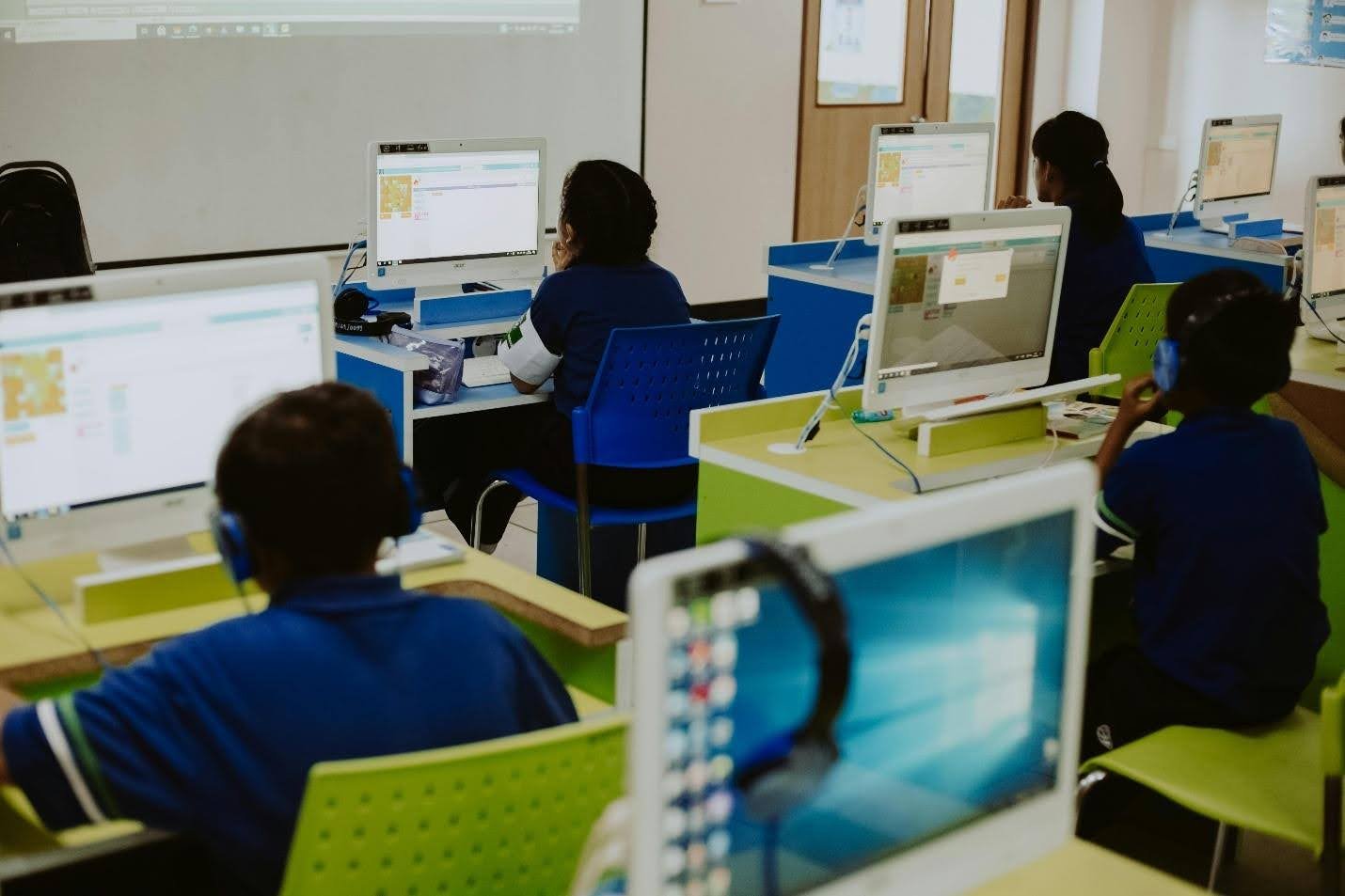What is Discipline in Education? Importance, Types, and Benefits
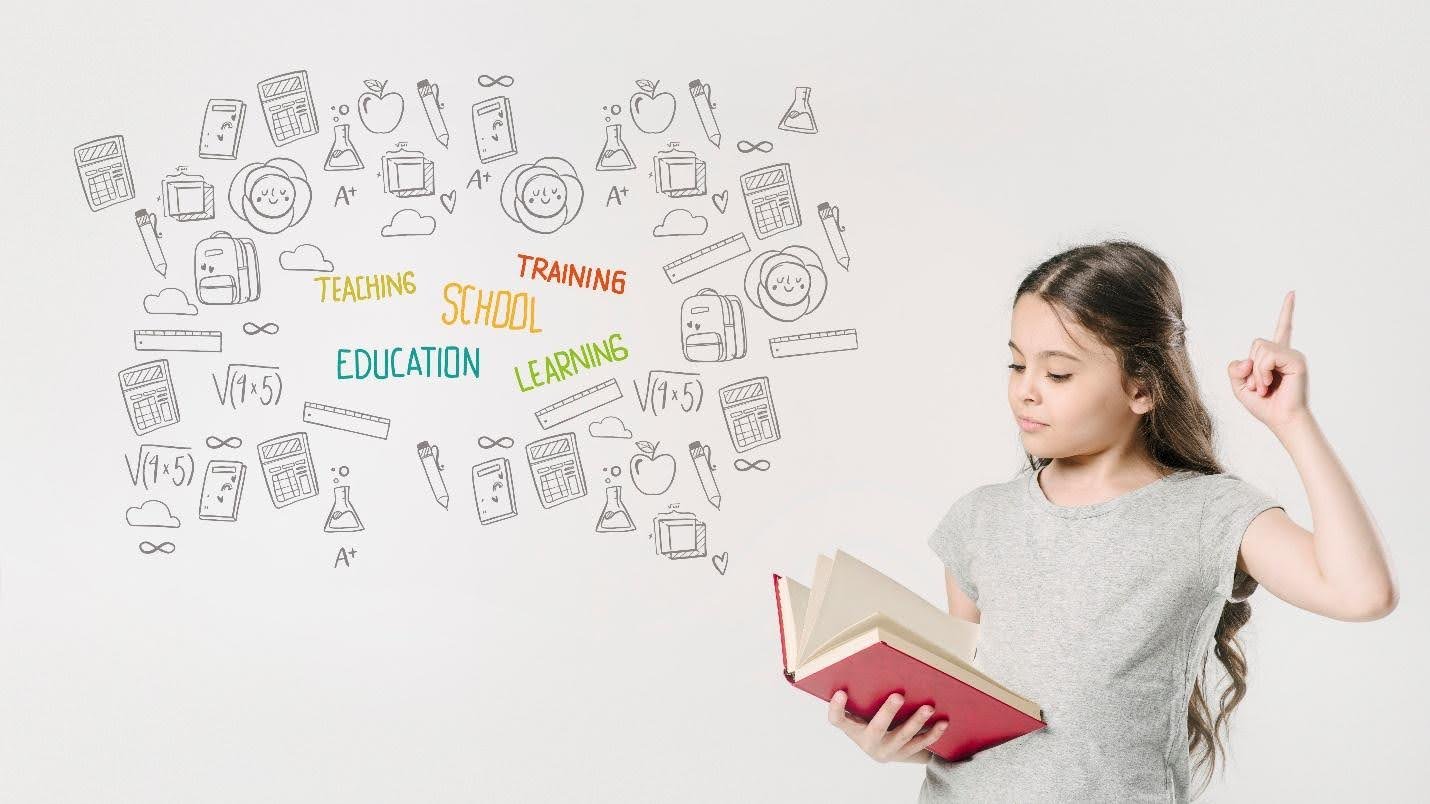
Discipline is one of the cornerstones of a successful education system. Without discipline, classrooms turn chaotic, and students fail to realize their full potential. According to UNESCO, effective learning environments require order, structure, and positive behavior reinforcement.
Table of Contents
ToggleBut what exactly does discipline in education mean, and why is it so vital?
According to UNESCO, education is a powerful tool for breaking cycles of poverty and driving sustainable development. Yet millions of children worldwide remain out of school due to financial barriers.
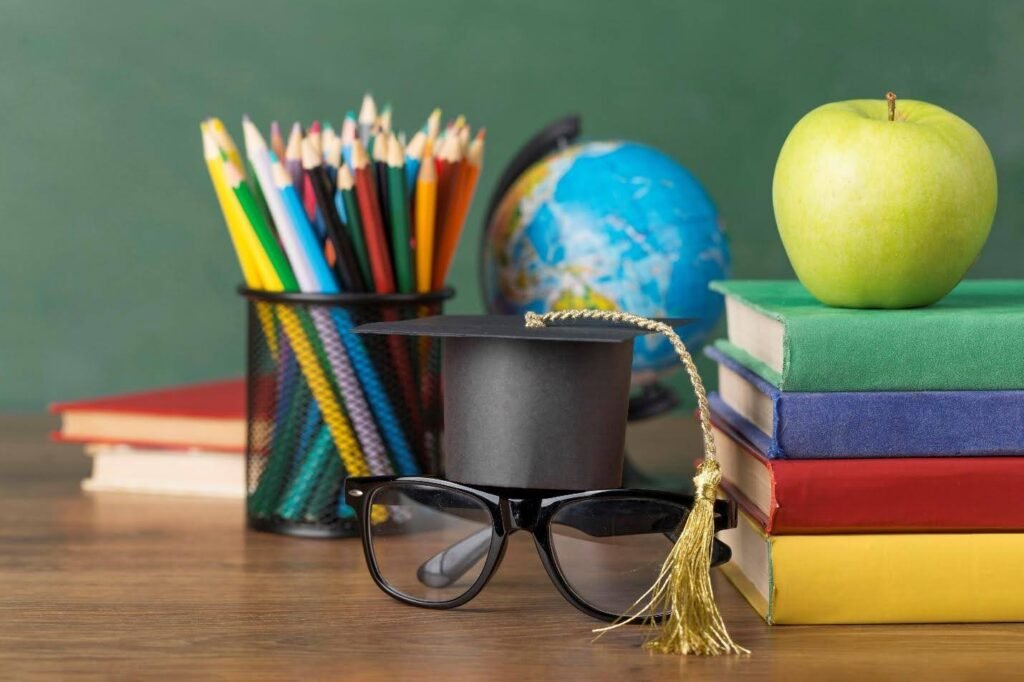
Defining Discipline in the Context of Education
In education, discipline refers to training students in self-control, responsibility, and respect for rules and values. It is not limited to enforcing strict rules but also about guiding students to develop habits of punctuality, focus, and accountability.
Educational theorists argue that discipline is less about authority and more about teaching students how to live in harmony with others. Edutopia explains that classroom discipline fosters a positive learning culture where students can thrive.
The Importance of Discipline in Schools
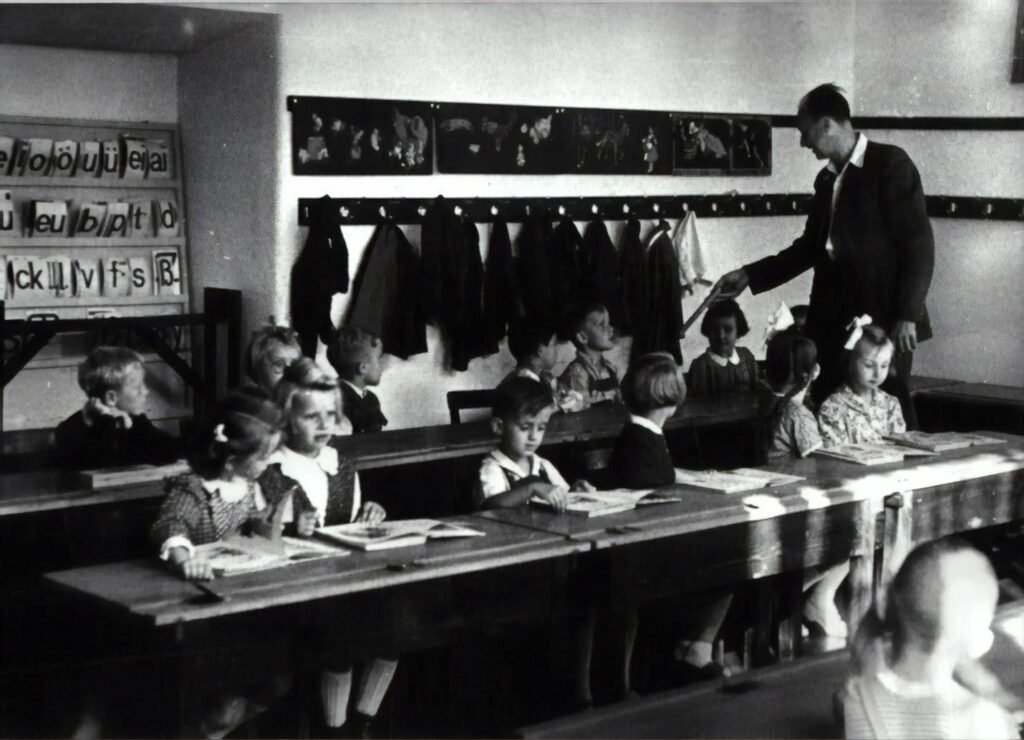
Discipline in education plays a crucial role in:
– Enhancing learning outcomes – Students focus better when distractions are minimized.
– Shaping character – Discipline teaches values like honesty, respect, and hard work.
– Creating safe environments – Rules ensure safety and fairness in classrooms.
– Building future citizens – Disciplined students often grow into responsible adults who contribute positively to society.
A study by the Brookings Institution highlights that well-disciplined classrooms lead to higher academic performance and reduced dropout rates.
Types of Discipline in Education
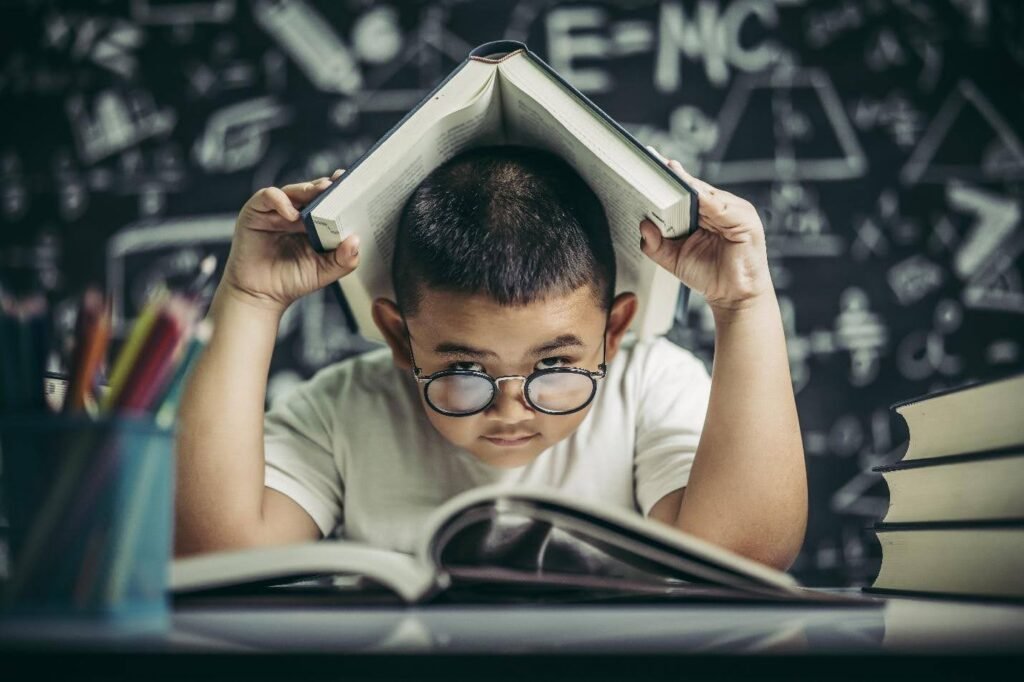
There are several approaches to discipline in educational settings:
1. Preventive Discipline – Setting clear expectations to avoid misbehavior.
2. Supportive Discipline – Guiding students toward better choices when they make mistakes.
3. Corrective Discipline – Addressing rule-breaking behavior with fair consequences.
4. Self-Discipline – Encouraging students to regulate their own behavior.
Modern schools often blend these approaches to maintain a balance between structure and student freedom.
Benefits of Discipline for Students

Students who learn discipline enjoy lifelong benefits:
– Improved focus and time management
– Higher academic achievement
– Stronger emotional intelligence
– Respect for authority and peers
– Better problem-solving and teamwork skills
According to APA (American Psychological Association), self-discipline is a stronger predictor of student success than even IQ.
Discipline vs. Punishment
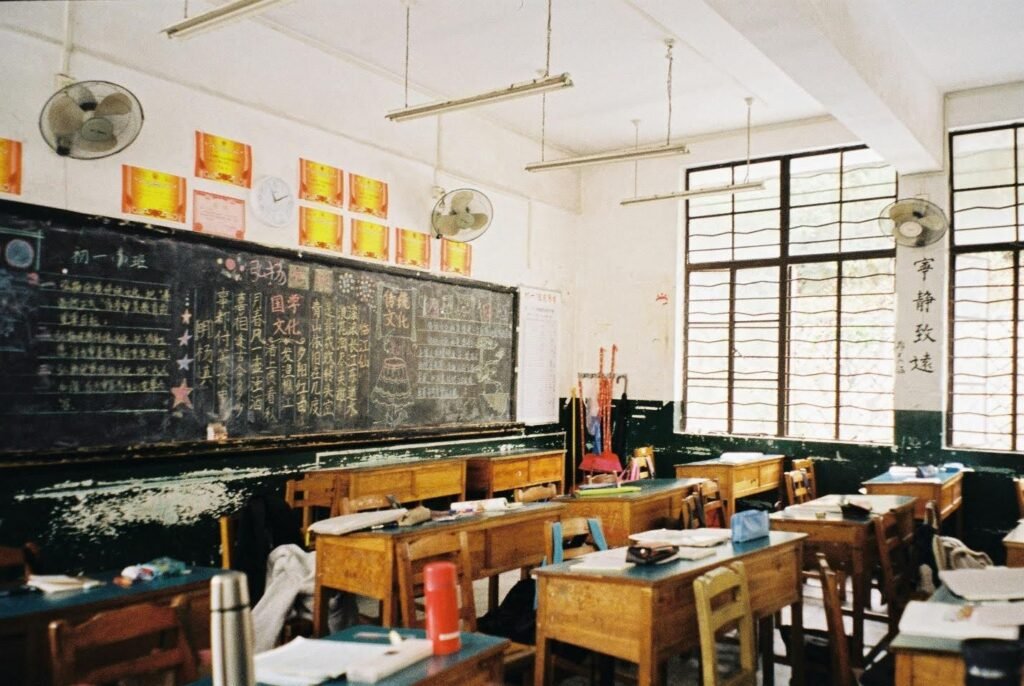
It is important to distinguish between discipline and punishment:
– Discipline is proactive and constructive, aiming to teach positive behavior.
– Punishment is reactive and often instills fear rather than understanding.
Schools today are moving away from harsh punishments toward positive discipline strategies, which focus on reinforcement, encouragement, and teaching responsibility.
How Teachers and Parents Can Instill Discipline
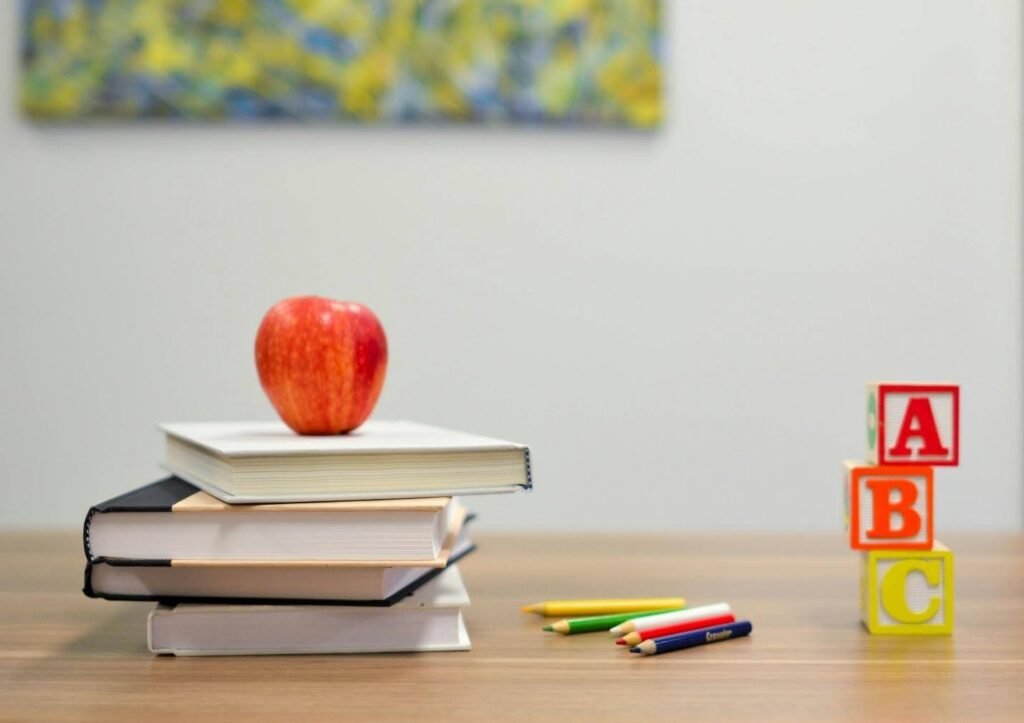
Both educators and parents play vital roles in fostering discipline:
1. Teachers can:
– Set clear rules and expectations
– Model disciplined behavior
– Use positive reinforcement
– Engage students with interactive lessons
2. Parents can:
– Encourage routines at home
– Support school rules
– Teach values like respect and empathy
– Limit distractions like excessive screen time
Child Mind Institute emphasizes that consistency between home and school is key in developing disciplined behavior.
Challenges in Maintaining Discipline
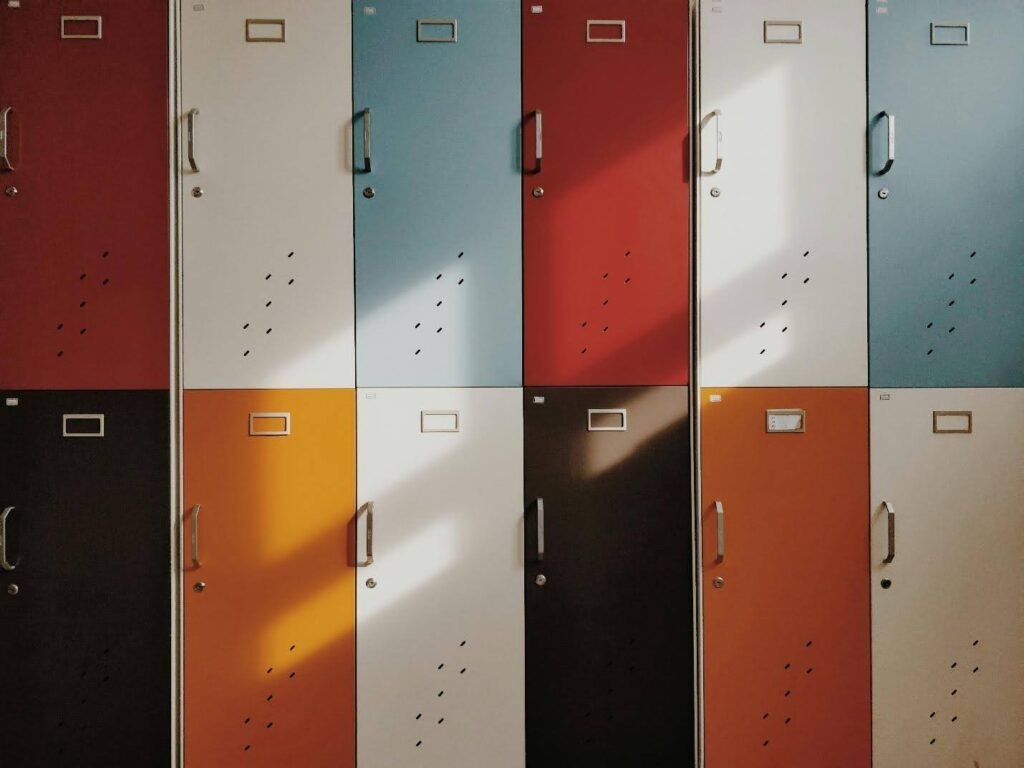
Despite its importance, schools face challenges in maintaining discipline, such as:
– Large class sizes
– Lack of teacher training in behavior management
– Influence of digital distractions and social media
– Stressful home environments
These challenges often require systemic solutions, including teacher training programs and parental involvement.
Modern Approaches to Educational Discipline

Today’s educators are shifting from authoritarian methods to positive and collaborative discipline models. Examples include:
– Restorative Practices – Encouraging students to resolve conflicts and repair relationships.
– Social and Emotional Learning (SEL) – Teaching self-awareness, empathy, and responsible decision-making.
– Technology-Assisted Discipline – Using apps and digital tools to track student progress and behavior.
Harvard Graduate School of Education notes that integrating SEL with discipline strategies leads to healthier learning environments.
Conclusion: Discipline as the Foundation of Learning
Discipline in education is not about strict rules or punishment—it is about guiding students toward self-control, responsibility, and respect. A well-disciplined classroom fosters creativity, learning, and personal growth.
Ultimately, discipline is the foundation of lifelong success. It equips students not just to excel academically but also to face life’s challenges with resilience and maturity.
As the saying goes: “Knowledge without discipline is like a tree without roots.”



